Maruti Suzuki Ignis Review, First Drive
Expanding the NEXA range further, the Maruti Suzuki Ignis is here and it's a rather funky one. Targeted at millennials, the Ignis brings in a dash of segment-first features and dollops of practicality. Here's our full review.

Maruti Suzuki targets a new customer demographic with their latest product, the Ignis. Can the unique design and NEXA credentials make it attractive to the young and discerning?
It’s a known fact that India has one of the youngest population in the world, and that is one of the strong points for the growth of our economy in the future. A younger workforce generally produces more advancement in both technology and productivity and that is something that policymakers and industry alike are relying on to propel future growth. However, this young population is a bigger attraction to companies that are looking to sell products in the Indian market, and as one would expect Maruti Suzuki is targeting this upcoming, young populace which they term as ‘Millenials’.
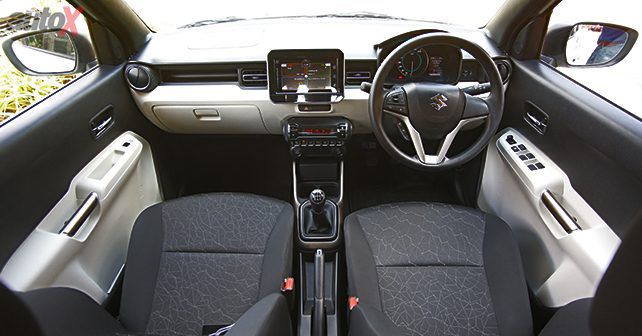
Now according to Maruti, Millenials have very strong preferences in their purchases and so the Maruti Suzuki Ignis has been created to appeal to them with traits that are unique for a Maruti product. Design wise, we get pretty funky styling that tends to stand out from other products in the Maruti lineup. The aggressive front, paired with the tall styling and flared wheel arches give the car a quasi-SUV presence. When viewed in profile, two things stand out, the sharp rake of the roof as it nears the boot and the triple slats on the C-pillar, which is a unique design touch. Along with its large headlights and 15” wheels finished in black, the car while quite compact, looks pretty funky and unique.
The interior of the Maruti Suzuki Ignis too is a brand-new design, and quite unusual from regular Maruti products. The dashboard is dominated by a central ridge running across the dash, and the air vents are an interesting design highlight. In the top-of-the-line Alpha variant, you get a large touchscreen display that features navigation, Apple CarPlay and Android Auto as standard. The way the screen has been mounted is also an interesting touch, as the large border makes the screen appear larger than the one in the Baleno, whereas it’s the same size. It would be fair to say that the screen does look what Maruti calls it – ‘tab-like’.
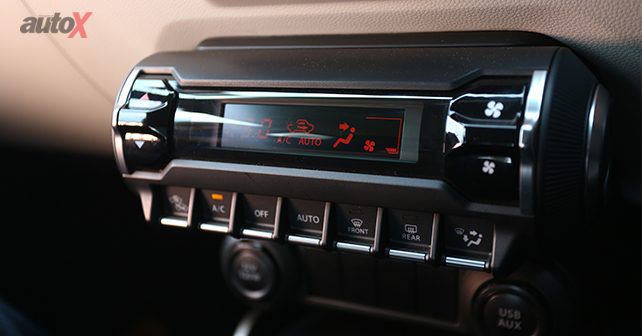
Another interesting design touch are the toggle controls for the HVAC and other functions as the switches work well and are again a design novelty for the segment. Combine this with a myriad of personalization options such as body coloured grab handles and central console and the Ignis’ interior is fairly impressive and spacious too, as one can easily seat two six-footers one behind the other without any problem of legroom. The tall height of the car also helps here as there is more than ample headroom even for the turbaned folk. And an interesting aspect here was the large glasshouse of the car, which gives the interior an airy feeling. However, there are some shortcomings with the interiors, as in places the plastics still feel hard and the overall quality is something that could see improvement. Also, in the lower variants, instead of the touchscreen there is an integrated audio system that works quite well, however, the manual a/c controls on these versions lack the styling flare of the toggle switches and don’t look as good.
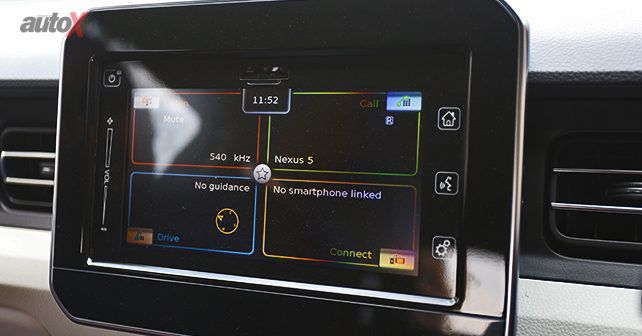
As we hit the Chennai roads early in the morning, one thing was clear, Maruti’s engineers have cracked the ride and handling balance for Indian conditions and that becomes apparent with every new product that they launch in India. The Maruti Suzuki Ignis is quite a pleasure to drive in urban conditions, with the 1.2-litre petrol engine giving the car a very peppy feel. The NVH levels on the car are very well controlled and the petrol engine makes a nice intake sound when revved; at the same time it delivers ample grunt to make the Ignis a fun car to drive. The raised seating position also helps visibility and along with the large glasshouse makes the car a breze to drive when in traffic or busy streets. The ride quality of the Maruti Suzuki Ignis is quite interesting as it tends to be a bit on the firm side, but handles broken roads and potholes with aplomb. The large 15” wheels also help matters, and along with decent feel from the steering – which for once has some weight to it and is not overtly light – the Ignis can be a nice point-and-shoot kind of car, ideal for the intended urban use it is designed for. At higher speeds on the highway, the Ignis maintains its composure and remains planted even on bumpy roads.
However, it is when we’re on the highway that an interesting fact about the Maruti Suzuki Ignis emerges. After driving the petrol engined version for an extended time, I hopped into the diesel variant and there were a couple of things that became immediately apparent. One, the NVH on the diesel is not as good as the petrol – which is a given – but it’s also slightly slower than the petrol model and the power delivery of the diesel engine means that it takes a little more effort than the petrol version to drive quickly. The petrol engine then, is not only better when it comes to throttle response and NVH, but is quicker and more fun to drive too.
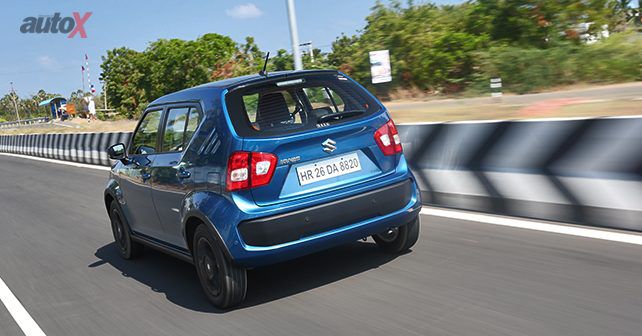
Both engines are also available with an AMT automatic transmission – another segment first – and in both engines, the gearbox does a decent job of handling urban driving. As long as you lift your foot off the throttle lightly when upshifting, the gear changes are reasonably quick and only get a bit stretched if you keep your foot planted on the throttle. So, for those permanently stuck in the urban traffic jam we call our commute, this is a good option. But, if you enjoy driving and are enthusiastic about it, I would recommend sticking to the manual gearbox as the changes are short and the car more fun to drive.
Another interesting option that Maruti has chosen to provide the ‘Millenials’ with is a myriad of customisation options for the Ignis, by which they can personalize their car. These include custom roof wraps, interior finish options as well as a myriad of personalization touches – such as carbonfibre look trim on the air vents – that customers can use to differentiate their cars. And an impressive feature that is another segment first are the LED projector headlamps offered on the top-of-the-line versions of the car. These headlamps are not only supremely bright but also illuminate the road very well. The only issue with them will be idiots on our roads insisting on driving with them on high-beam all the time, thereby blinding all oncoming drivers.
So, to sum it up, the Ignis features unique looks that are universally appreciated; has an interesting interior design with very high levels of standard equipment and rides and handles quite well with the petrol engine remaining our powerplant of choice for the car. Additionally, it even offers automatic versions in both petrol and diesel options, thereby making it even more attractive to a larger customer base. And, it offers dual-airbags and ABS as standard across all variants, something which is a very positive step in terms of improving road safety in our country. However, all is not perfect with the car, one, it could certainly see some improvement in plastic quality, especially given the price point that Maruti is selling it at, the interiors in some aspects doesn’t seem to be up to the mark. And pricing is the issue with the diesel variants of the car too. In my opinion, the diesel variants are simply overpriced and customers are going to struggle to justify the premium over the petrol variants.
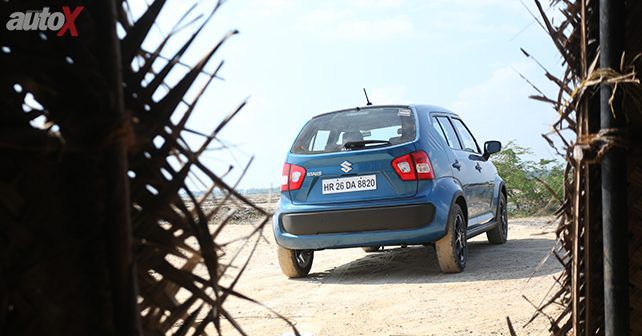
But, there is no doubt that the Maruti Suzuki Ignis is going to bring in significant sales volumes to Maruti’s NEXA outlets. It’s a capable, good looking car that stands out not only from its competitors but also Maruti’s own lineup. However, I see the bulk of the sales coming from the petrol version, since not only is it cheaper but offers better NVH and is the engine of choice for me. So, if you’re in the market for a funky, compact hatchback, the Ignis petrol is something to look for.

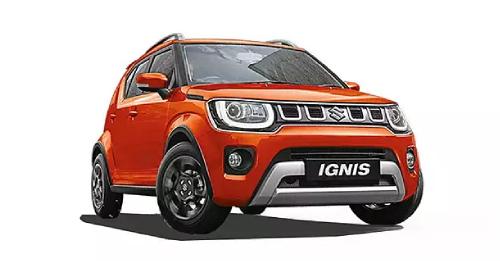
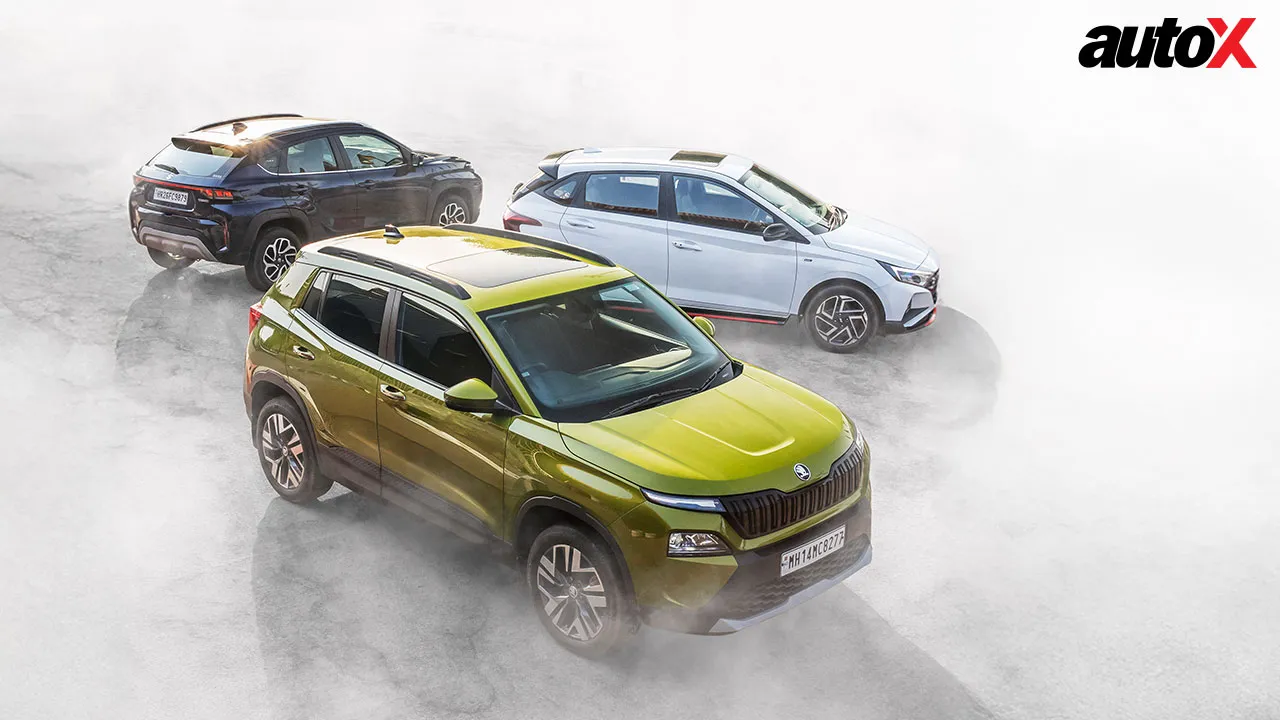
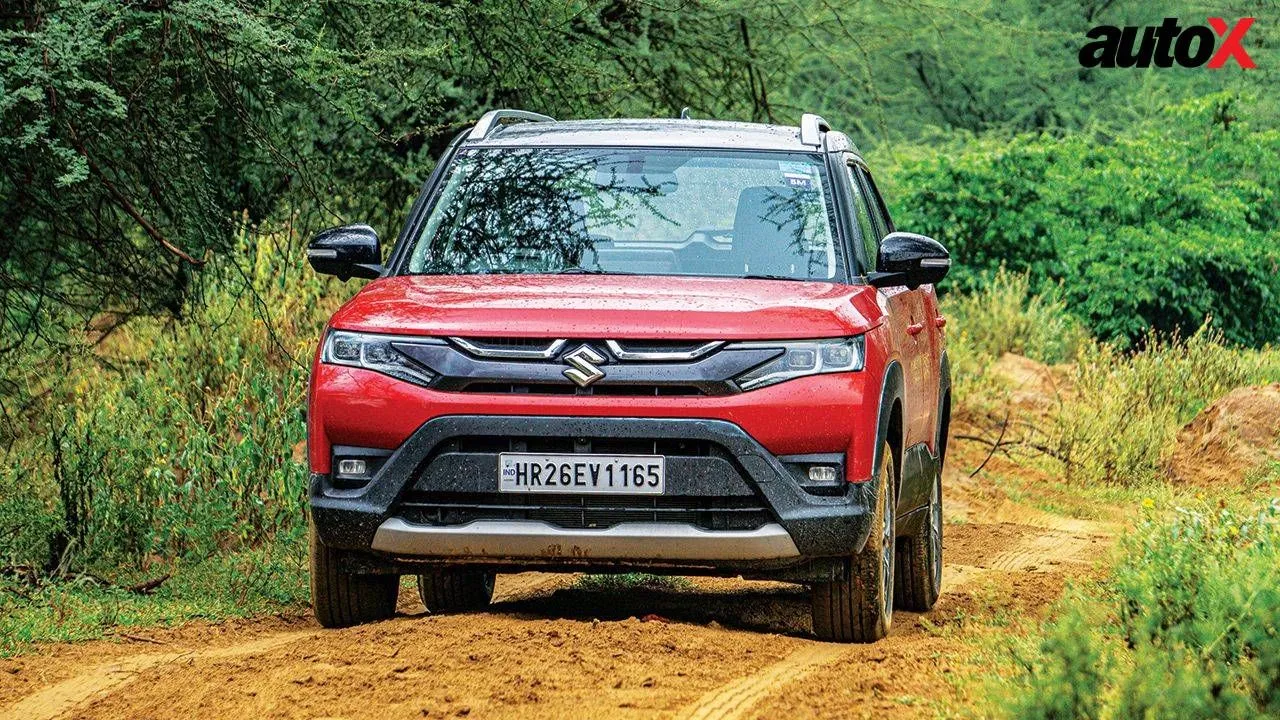

.webp)
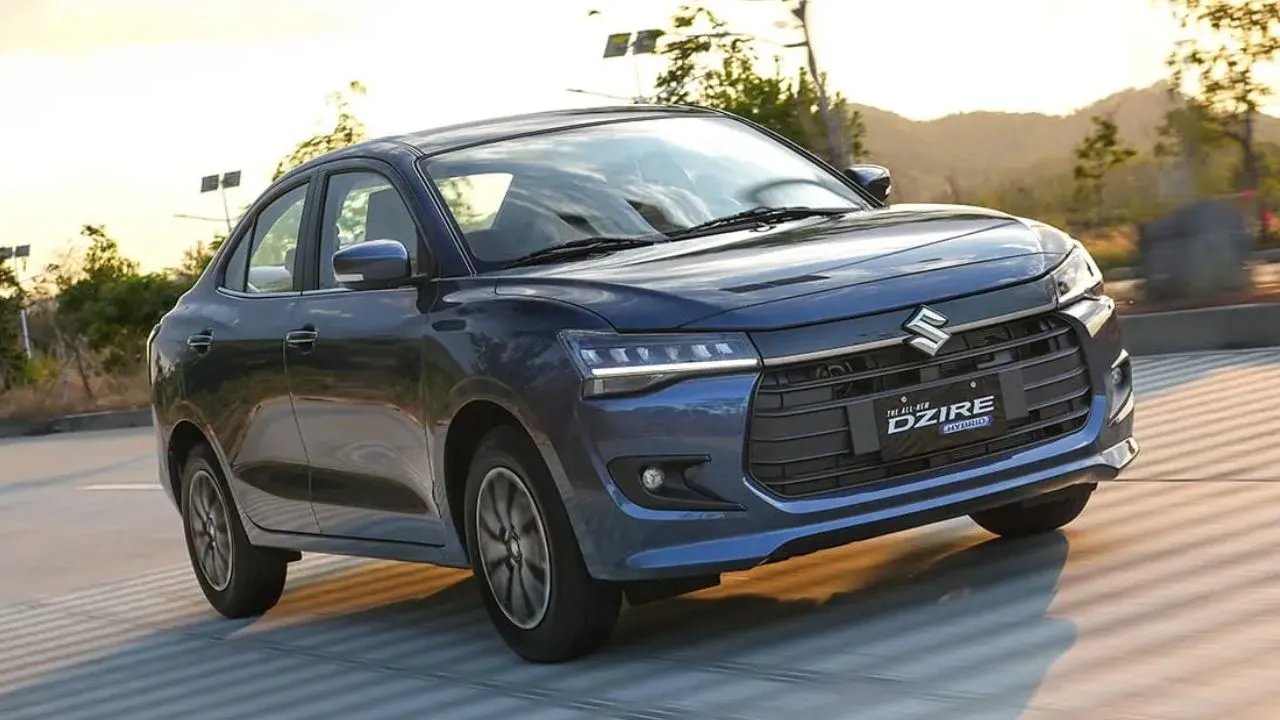
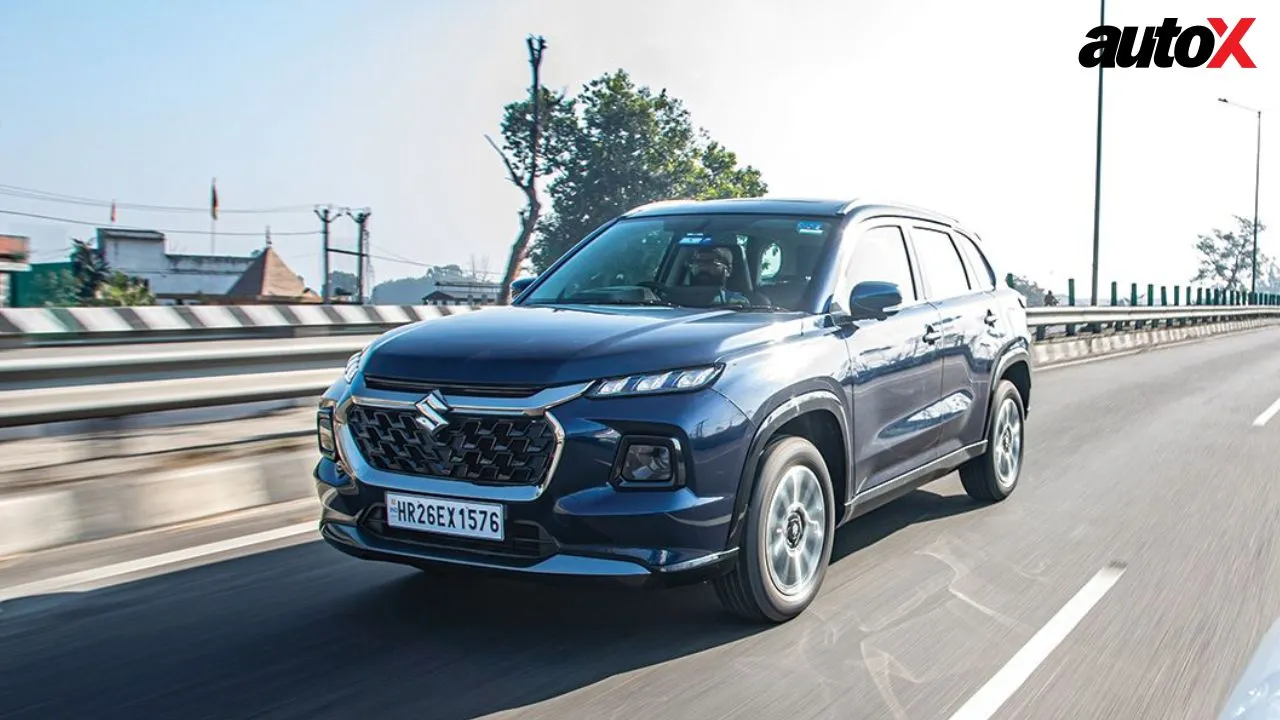
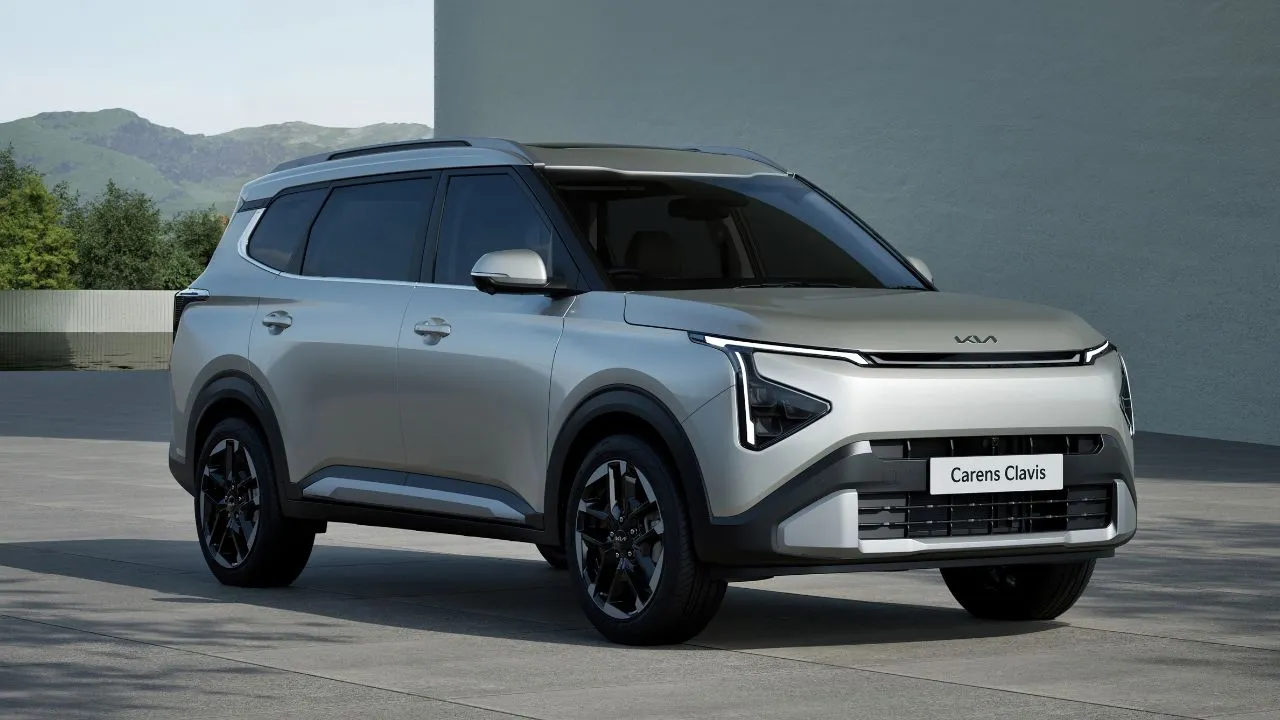
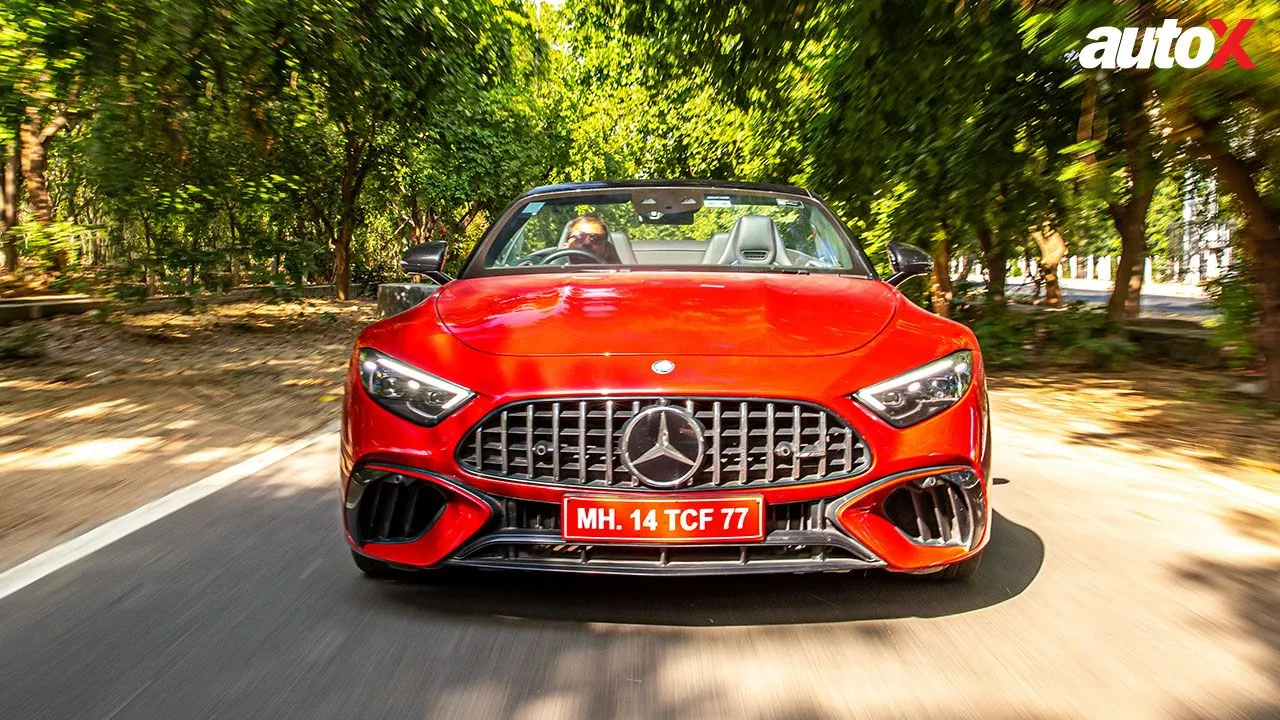

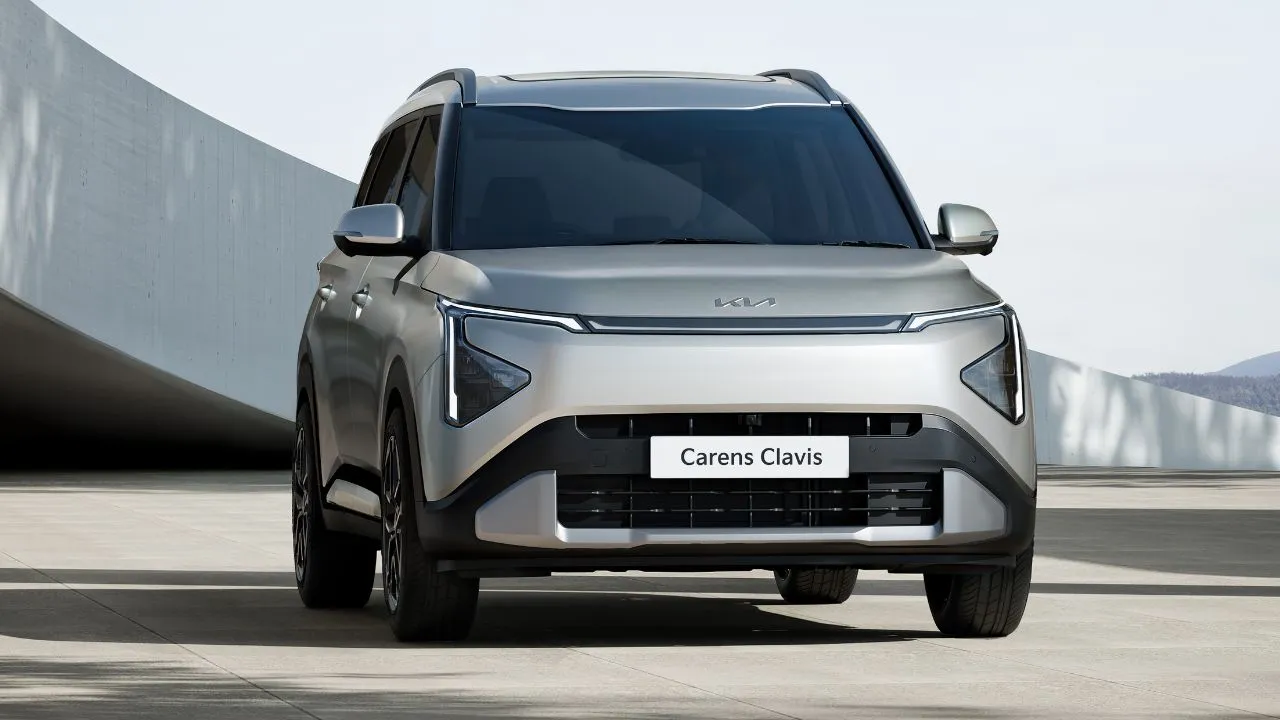
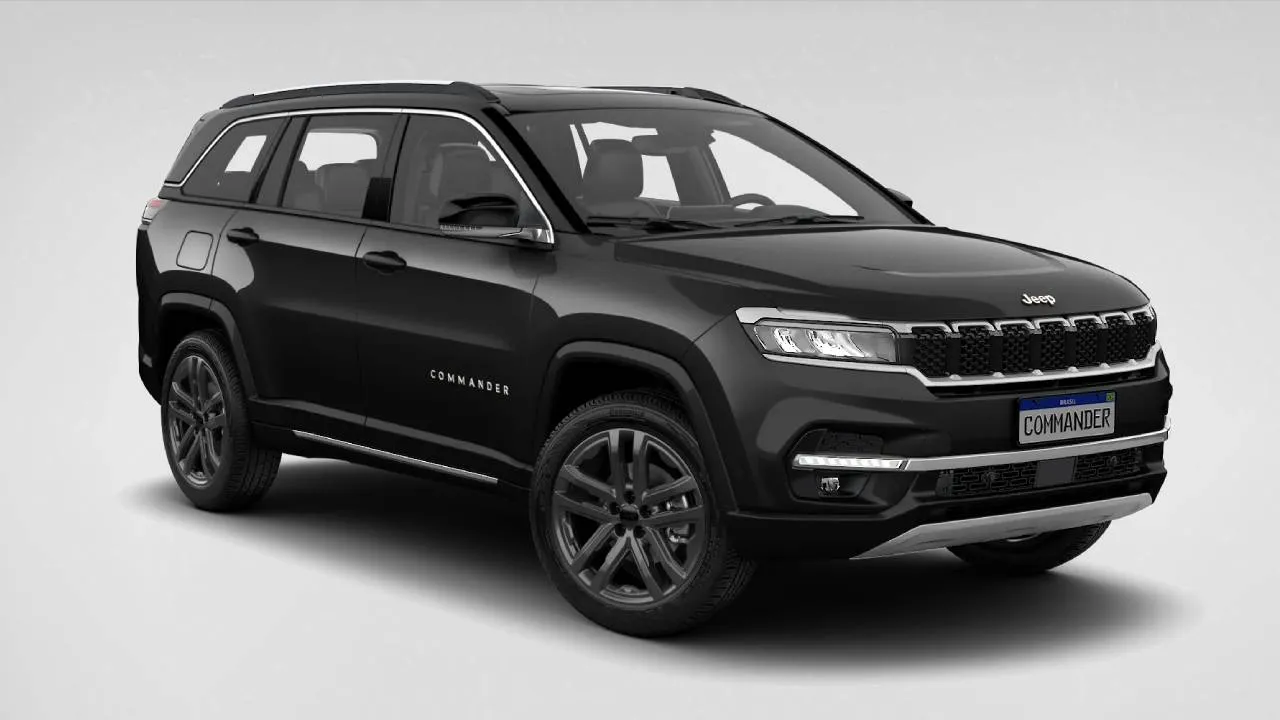

Write your Comment on